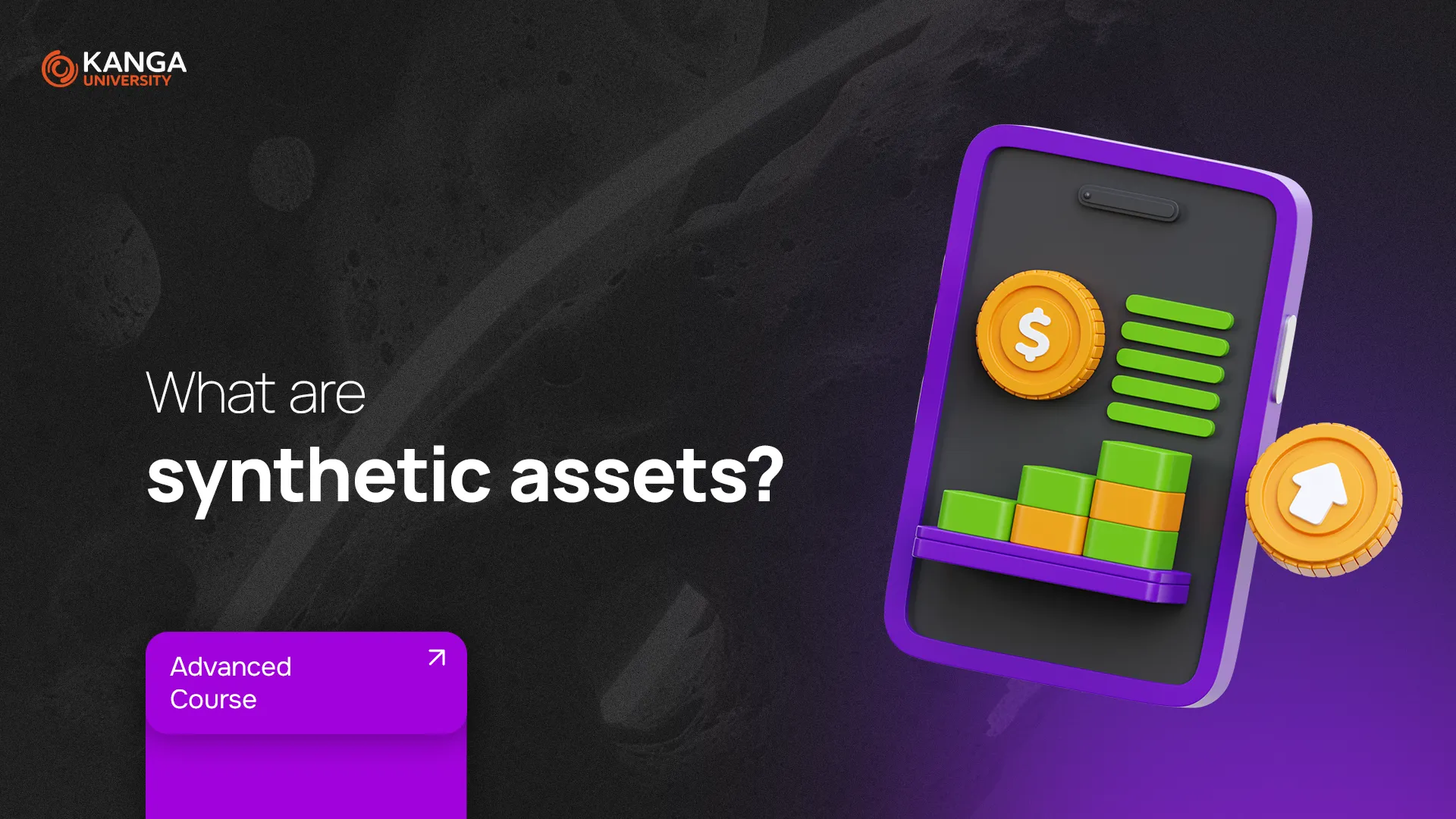
Imagine making money from the price movements of stocks, gold, or cryptocurrencies — without actually owning any of them. Sounds like a financial trick? It’s not. Welcome to the world of synthetic assets, one of the most exciting innovations in decentralized finance (DeFi).
What Are Synthetic Assets?
Synthetic assets are digital tokens that mirror the price of real-world assets, like stocks, currencies, indexes, or even other cryptocurrencies. But here’s the twist: you don’t need to own the actual asset.
Think of them as blockchain-based derivatives. Just like traditional financial instruments (e.g., CFDs), synthetic assets let you speculate on price changes — but in a fully decentralized, permissionless environment.
It’s investing, reimagined for the crypto era.
How Do They Work?
Let’s break it down:
-
A smart contract creates a token that tracks the price of a real-world asset (like Apple stock).
-
That token becomes tradable on a blockchain — like Ethereum or Optimism.
-
You can now buy/sell that token to profit from price movements, even though you don’t own any actual Apple stock.
These tokens — known as synthetics — open up global access to financial markets with no brokers, no paperwork, and no borders. Just a crypto wallet and an internet connection.
Why Are Synthetic Assets a Big Deal?
Because they unlock investing opportunities for people everywhere — regardless of geography, wealth, or access to traditional finance.
For example:
-
A user in Argentina can speculate on Tesla shares.
-
A teenager in India can gain exposure to the S&P 500.
-
A crypto-savvy investor can short gold — all from their phone.
And the best part?
-
No need to own the real asset
-
Infinite liquidity — you can always trade
-
Seamless switching between assets — go from gold to crypto in seconds
-
24/7 markets — no weekends, no holidays
-
Private & borderless — often no KYC needed
Where Do You Trade Synthetic Assets?
These assets live on DeFi platforms — open, decentralized marketplaces that run on smart contracts. Top protocols include:
-
Synthetix – the original synthetic asset platform, now operating on Optimism for faster, cheaper transactions.
-
Kwenta – a Synthetix-powered exchange offering leveraged trading of synthetics.
-
MakerDAO – creator of DAI, a synthetic dollar backed by crypto collateral.
-
Lyra, Dopex, and Polynomial – focused on options and derivatives, using synthetics under the hood.
These platforms are constantly evolving — pushing the boundaries of what’s possible in on-chain finance.
Advantages of Synthetic Assets
-
No middlemen – smart contracts do the work.
-
Global access – open to anyone with a wallet.
-
Transparency – all activity is traceable on-chain.
-
Customizability – users can create their own synthetics.
-
Composability – synthetics can interact with other DeFi tools and strategies.
What About the Risks?
Just like any advanced financial product, synthetic assets come with risks:
-
Smart contract bugs – code errors can lead to losses.
-
Price divergence (depegging) – if the token price drifts from the real-world asset.
-
Protocol collapse – like what happened with Mirror Protocol after the Terra/Luna crash.
Always use reputable platforms, double-check the security audits, and never invest more than you’re willing to lose.
Summary
Synthetic assets are revolutionizing how people interact with financial markets.
They allow:
-
borderless investing without traditional brokers,
-
greater flexibility in how and what people trade,
-
and new possibilities for wealth creation, especially in underbanked regions.
Whether you’re hedging, speculating, or building a portfolio across different sectors — synthetics give you a new set of tools to do it.
Buy, sell and trade on Kanga Exchange